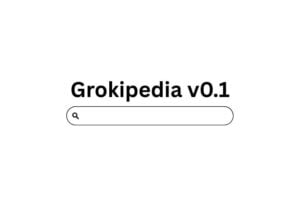Chicxulub Impactor: The Asteroid That Ended the Dinosaurs
Researchers have made a groundbreaking discovery about the Chicxulub impactor. This is the asteroid that caused the mass extinction event that wiped out the dinosaurs about 66 million years ago. A study published in Science on August 16, 2024, explains this in detail. It reveals that this famous killer asteroid came from the outer parts of our solar system. Specifically, it originated from an ancient asteroid belt located beyond Jupiter.
The Chicxulub Impact: A Brief Overview

The Chicxulub impactor was a huge object. It was about 10 to 15 kilometers wide. It hit Earth near Mexico’s Yucatán Peninsula. This created the Chicxulub crater. This event caused a massive extinction. Over 60% of Earth’s species were wiped out, including all non-avian dinosaurs. The impact released a lot of energy. This caused changes in the global climate. Sunlight was blocked, and ecosystems were disrupted.
New Insights on Chicxulub impact Chemical Analyses
Geochemist Mario Fischer-Gödde and his team from the University of Cologne studied rock layers. These layers mark the boundary between the Cretaceous and Paleogene periods, known as the KPg boundary. They did detailed chemical analyses of these rocks. They measured five isotopes of ruthenium. Ruthenium is a platinum-group element. This element is found in both asteroids and Earth’s crust. The researchers created a forensic profile of the Chicxulub impactor. The results showed that the ruthenium signatures in the KPg rocks matched the signatures in impact craters. These craters formed between 36 million and 470 million years ago. Ruthenium is a rare metal found in the Earth’s crust. KPg rocks are from the boundary between the Cretaceous and Paleogene periods. This means that the Chicxulub impactor came from space. This finding shows that volcanic eruptions or other Earth events did not cause the mass extinction.

The Origin of the Chicxulub Impactor
Most meteorites found on Earth come from the nearby asteroid belt between Mars and Jupiter. But the Chicxulub impactor is different. It is a carbonaceous asteroid. This type of asteroid is more common in the outer regions of the solar system. This new evidence supports the idea that the asteroid came from a distant place. It provides important information about its origins and how our solar system works.
Implications for Future Research
Understanding where the Chicxulub impactor came from helps us learn about Earth’s biggest mass extinction. It also helps us understand how asteroids move and how they might be dangerous to Earth. This research can help future studies on how to defend our planet from space objects. It can also teach us about the impact of space objects on Earth’s past. For further details on this study, you can read the full article on Nature and Science News.
Conclusion
The discovery of the Chicxulub impactor’s origin provides a clearer understanding of the catastrophic event that reshaped life on Earth. As researchers continue to explore the implications of this finding, it reinforces the importance of studying asteroids and their potential impacts on our planet.
For more intriguing insights into other STEM-related topics, visit ENTECH Online. Explore our digital magazine dedicated to inspiring teenagers and young adults to pursue their passions in science, technology, engineering, and mathematics.






